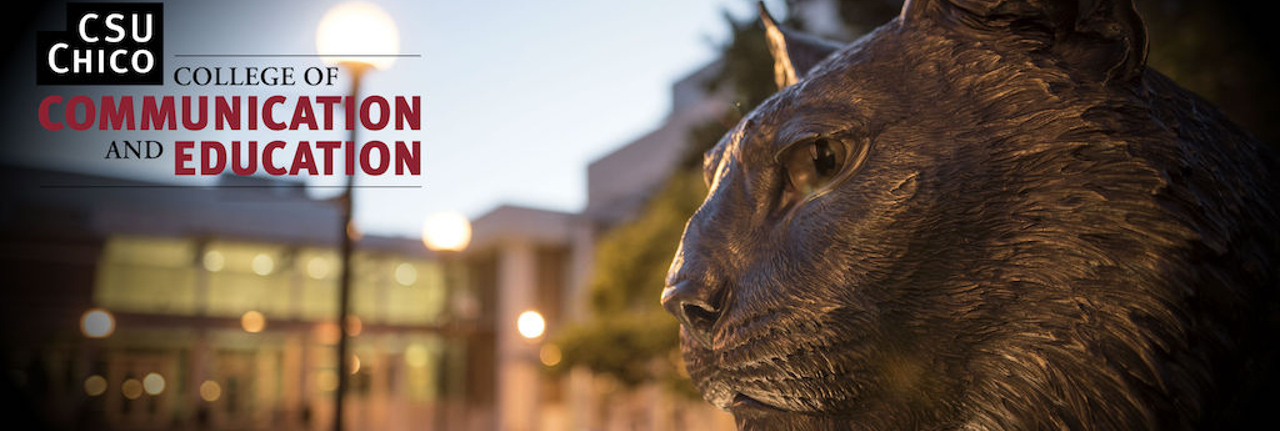BA in Communication Design
Overview
The BA in Communication Design focuses on the study of the structure, processes, aesthetics, functions, and effects and creation of mediated communication. Students have the opportunity to gain knowledge and skills in a wide array of highly integrated design applications. At the undergraduate level the Department aspires to contribute to a broad education for majors by raising their level of visual, aural, and written communication literacy, as well as their critical thinking ability by developing their understanding and appreciation of mediated message creation and exchanges.
Mission
The Media Arts, Design, and Technology Department prepares students to be professionals in the fields of media and design. Our instruction focuses on the synergy of art, craft, and technology. Our program is built upon a foundation of information literacy. Through our curriculum, students emerge with the critical thinking, collaboration, technical, and leadership skills necessary to thrive in their media and design professions.
Goals & Objectives
- Use critical thinking skills to solve problems in their field
- Demonstrate industry specific:
- written and
- oral communication skills
- Evaluate and apply the principle theories of mediated communications
- To understand and evaluate both the local and global ethics of mediated communications
- Demonstrate current design practices
- Apply visual and technical skills required to excel as artists and professionals in their fields
- Understand and exhibit the values, character, and habits of professionals in the field
Learning Outcomes
Options in Media Arts and Mass Communication Design
- Critically discuss, analyze, and deconstruct the form and content of film, television, advertising, and other forms of mediated communications. (MEDIA CRITICISM)
- Historicize and contextualize the development of the mass media industries from both technological and ideological perspectives. (MEDIA HISTORY)
- Generate original arguments and research papers using professional, industry specific, and academic language, research, and writing styles. (ACADEMIC WRITING)
- Engage multiple perspectives on the ways in which mass media can ethically mediate, arbitrate, and negotiate cultural and sociopolitical identities. (ETHICS)
- Develop core skills in both traditional and emerging media technologies. (MEDIA TECHNOLOGY)
- Develop core skills in media practice including screenwriting, directing, cinematography, photography, performance, editing, sound design, and other production practices. (MEDIA PRODUCTION)
- Demonstrate proficiency in navigating and supervising professional workflows and media management including, but not limited to, audience analysis, production management, marketing, distribution, and advertising. (MANAGEMENT & PROBLEM SOLVING)
Option in Graphic Design
- Demonstrate the ability to develop original concepts, build prototypes, integrate user feedback and implement projects through the design process.
- Acquire and apply the principles of color, typography, layout, and hierarchy, as they relate in the various media—digital, print, interactive, web, motion, etc.
- Demonstrate knowledge and proficiency in technical skills applicable to graphic design.
- Identify global issues and apply principles of visual communication to create sustainable, and socially and environmentally responsible design solutions.
- Demonstrate understanding of graphic design history, prominent designers, and art movements and their impact on graphic design and visual culture.

